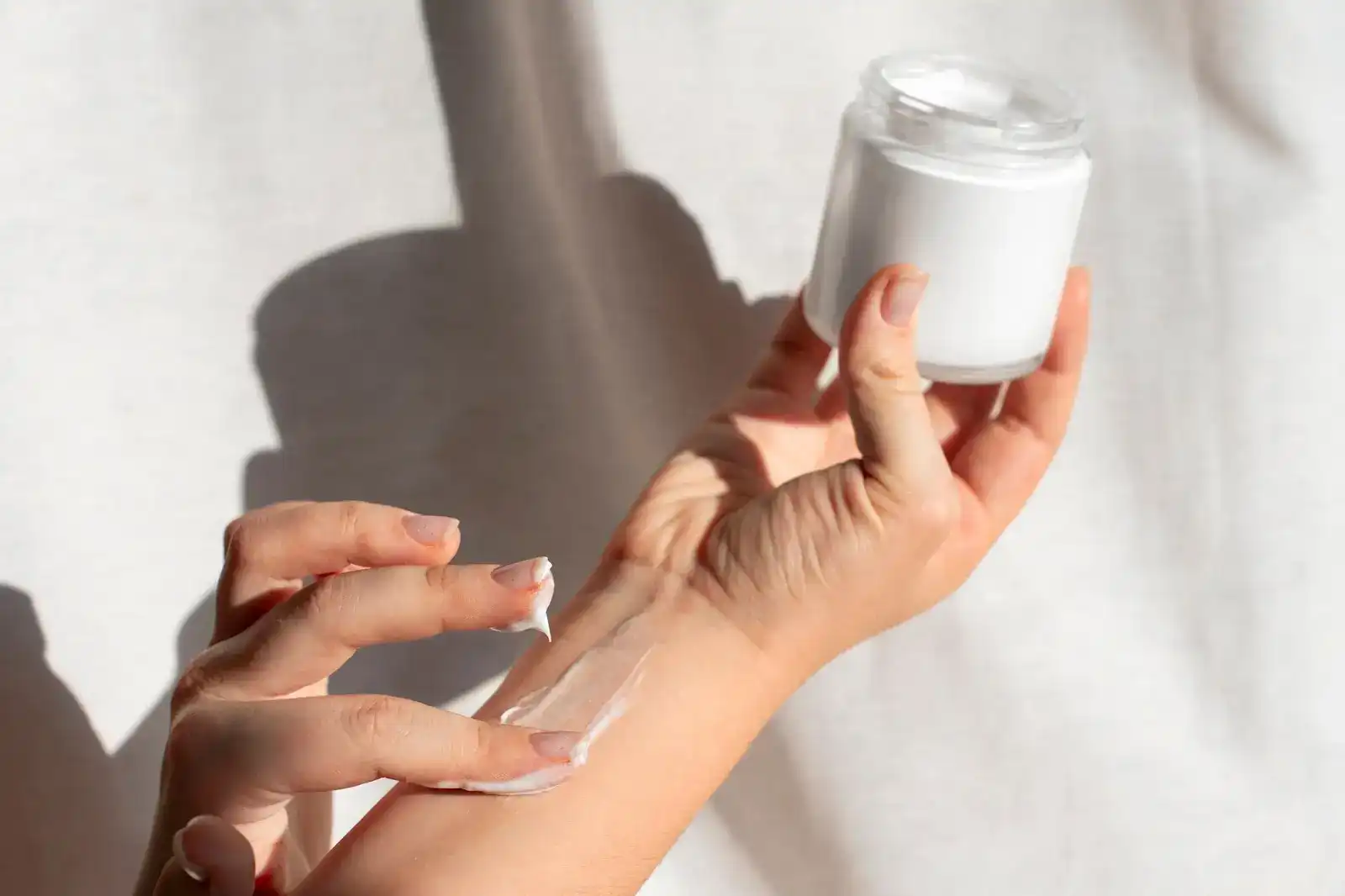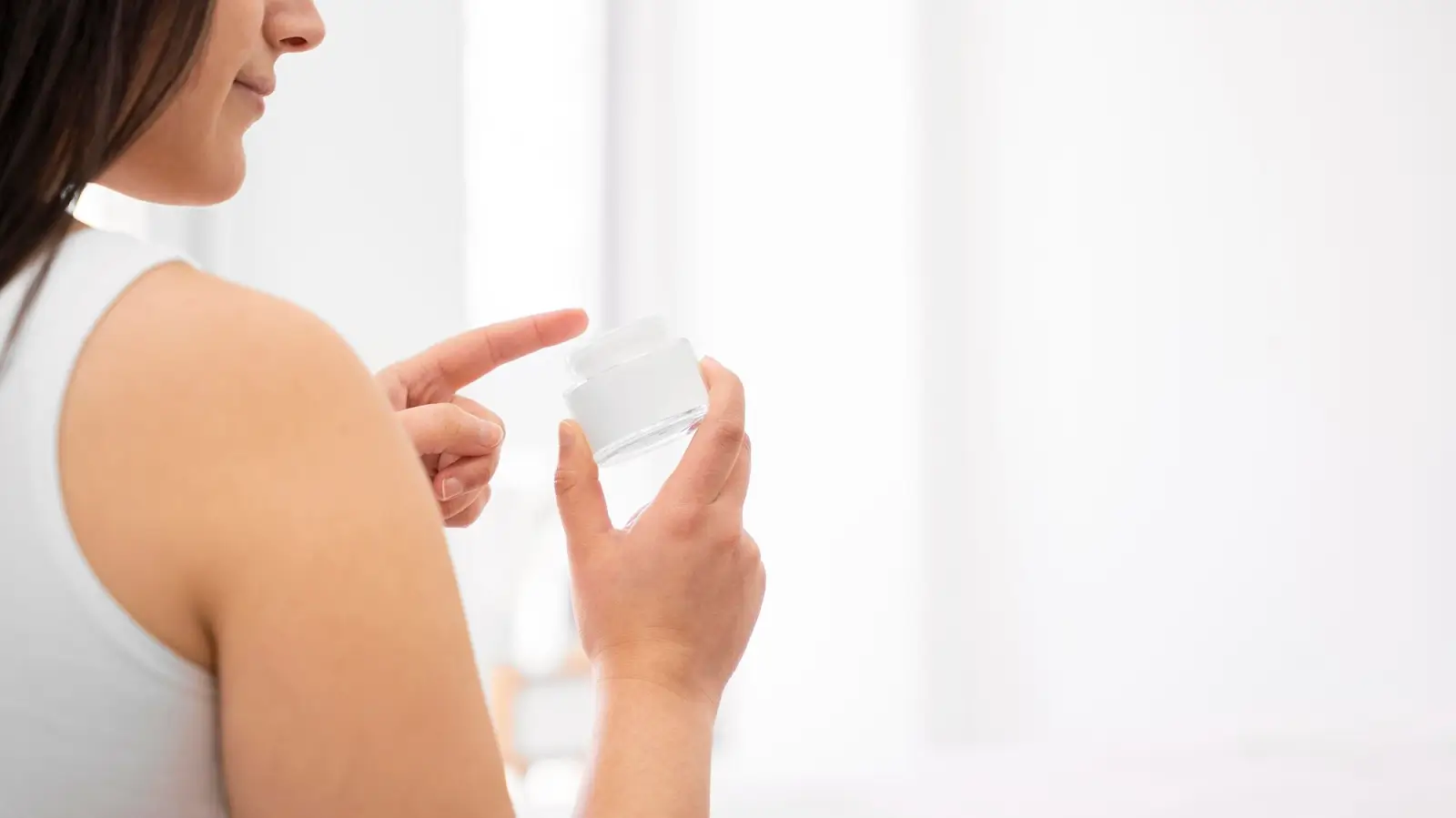Business Hours: Monday - Friday: 9 AM - 6 PM EST

EMLA Cream Dosage: Guidelines for Optimal Therapeutic Effect
David Fuller
Last Updated On: April 10, 2025
Topical anesthetics are a cornerstone in modern pain management for minor medical and cosmetic procedures—but their effectiveness depends on more than just application. For products like EMLA cream, getting the dosage and timing just right is key to achieving maximum numbness while avoiding unwanted side effects.
Formulated as a eutectic blend of lidocaine and prilocaine, EMLA offers fast, localized numbing ideal for injections, skin treatments, and minor surgeries. However, using too much—or leaving it on too long—can increase the risk of systemic absorption. The secret lies in balancing anesthetic depth with safe, targeted use.
In this article, we’ll break down the recommended EMLA cream dosages, explain how to apply it effectively, and highlight patient-specific factors that can influence its therapeutic impact.
Key Takeaways
- EMLA cream combines lidocaine and prilocaine in a eutectic mixture, offering localized numbing for minor medical, dermatological, and cosmetic procedures.
- Dosage depends on the procedure type and patient age: Adults can typically use up to 10g, while children and infants require much lower doses with strict time limits.
- Application involves cleaning the area, applying a thick layer without rubbing it in, and using an occlusive dressing for maximum absorption. Proper removal before procedures is essential.
- Special precautions are necessary for pediatric and geriatric patients, as they are more sensitive to systemic absorption and delayed metabolism, respectively.
- Maximum dosage should not exceed 60g per session, and the cream should not be left on for more than 5 hours to prevent toxicity.
- Common side effects include temporary redness, numbness, and mild irritation. Severe reactions like dizziness or allergic symptoms require immediate medical attention.
- Off-label uses, such as treating premature ejaculation, require careful application and should be guided by a healthcare provider to avoid partner transfer or excessive numbing.
- Safe and effective use requires adherence to guidelines and individualized consideration based on the patient’s condition, age, and skin type.
About: Operating since 2016, Med Supply Solutions is known for being one of the industry’s top and trusted suppliers of cosmetic and viscosupplementation products. Contact our sales department for more information if you want to buy EMLA cream online.

Recommended Dosages Based on Patient Age and Procedure Type

The appropriate EMLA cream dosage depends on the procedure type, size of the treatment area, and patient age. Administering the correct amount ensures localized numbing while preventing adverse effects from overuse or prolonged exposure.
- For minor dermatological procedures (e.g., needle insertions, superficial laser treatments), a thin layer (2.5g) is typically applied at least 60 minutes prior to the procedure.
- For more intensive treatments (e.g., deeper laser resurfacing, skin biopsies), up to 10g may be used on a larger surface area, with an application time ranging from 90 to 120 minutes.
Age-Based Considerations
- Adults and Adolescents (12 years and older): Follow standard dosing, up to 10g per session.
- Children (3–12 years): Do not exceed 10g or 100 cm² of skin; application should be limited to 30–60 minutes.
- Infants (under 3 months): Use is highly restricted. If medically necessary, dosage and duration must be prescribed and monitored by a healthcare professional due to increased risk of systemic absorption.
Application Methods for Effective Anesthesia

For EMLA cream to work effectively, the application technique is just as critical as dosage. The following steps ensure that the numbing effect reaches its full potential:
- Clean the target area to remove oils, creams, or dirt.
- Apply a thick, even layer of cream. Do not rub it into the skin.
- Cover with an occlusive dressing (such as a Tegaderm patch) to enhance absorption and create a sealed environment.
- Leave it on for the recommended time, depending on the procedure.
- Wipe off the cream thoroughly before starting treatment.
In more personal applications, EMLA cream for premature ejaculation involves applying a pea-sized amount to the glans penis approximately 15–30 minutes before sexual activity. It should be fully washed off prior to intercourse to avoid transferring the numbing effect to the partner. This off-label use should only be done under medical supervision.
Special Considerations for Pediatric and Geriatric Patients
Both young children and older adults require tailored approaches when using topical anesthetics. Differences in metabolism, skin absorption, and risk sensitivity mean that extra caution is necessary.
| Patient Group | Safety Considerations |
| Pediatric Patients | Use the lowest effective dose to minimize systemic absorption. Then, ensure that the application time does not exceed 60 minutes for children. Finally, large treatment areas should be avoided in young children due to increased absorption risks. |
| Geriatric Patients | Older adults may have slower drug metabolism, requiring lower doses. Healthcare professionals must monitor for delayed clearance or potential drug interactions. Older adults should also avoid prolonged application to prevent systemic effects. |
Close monitoring ensures safety and prevents complications, especially when used repeatedly or over larger areas.
Safety Measures and Maximum Dosage Limits to Prevent Toxicity
Though EMLA is considered safe for most users, exceeding the maximum dosage or improper use can result in toxicity. To avoid these risks, follow these safety protocols:
- Do not exceed 60g in a single session.
- Limit application time to a maximum of 5 hours, even in adults.
- Never apply to broken or inflamed skin to prevent systemic absorption.
- Discontinue use immediately if allergic reactions or skin irritation occurs.
- Keep away from children, as ingestion or unsupervised application can be dangerous.
Monitoring and Managing Potential Adverse Reactions
While EMLA cream is generally well-tolerated, certain side effects may occur, especially if dosage or application guidelines are not followed.
Mild Reactions
- Skin redness
- Temporary numbness
- Mild irritation or a tingling sensation
Moderate Reactions
- Swelling
- Prolonged desensitization
- Mild itching
Severe Reactions
- Lidocaine toxicity: Dizziness, confusion, blurred vision, or irregular heartbeat
- Allergic reactions: Rashes, hives, difficulty breathing
If adverse effects appear, remove the cream immediately and wash the area with soap and water. Seek medical attention if symptoms persist or worsen.
Conclusion
Using the correct dosage and application technique is critical to ensure the safety and effectiveness of EMLA cream. Whether used for medical procedures, cosmetic treatments, or off-label purposes like EMLA cream for premature ejaculation, following recommended guidelines minimizes risk and optimizes therapeutic benefit.
By taking into account patient-specific factors, such as age, skin type, and procedure type, healthcare providers and users alike can achieve reliable results. When in doubt, consult a licensed medical professional before application.
FAQs
1. Can I use EMLA cream more than once a day?
Yes, but applications should be spaced at least one hour apart, and the total amount used should not exceed 60g in 24 hours.
2. How long should I leave EMLA cream on before a procedure?
For minor procedures, 60 minutes is sufficient; for deeper numbing, leave it on for 90–120 minutes.
3. What should I do if I experience numbness for too long?
If numbness persists beyond 4–5 hours, gently wash the area and monitor for unusual symptoms. Seek medical advice if needed.
4. Can EMLA cream be used on broken or irritated skin?
No, avoid using EMLA on broken or irritated skin, as this can increase systemic absorption and risk of side effects.
5. How does EMLA cream work?
EMLA cream contains lidocaine and prilocaine, which block nerve signals by inhibiting sodium channels, providing temporary numbness.
6. Is EMLA cream safe for children?
Yes, but with caution. Children aged 1-6 years can use up to 10g over 100 cm² for up to 4 hours. Infants under 3 months require strict dosing under medical supervision.
References
EMLA Dosage Guide. Drugs.com. https://www.drugs.com/dosage/emla.html
Wahlgren CF, Lillieborg S. Split-Skin Grafting with Lidocaine-Prilocaine Cream: A Meta-Analysis of Efficacy and Safety in Geriatric versus Nongeriatric Patients. Plastic & Reconstructive Surgery. 2001;107(3):750-756. doi:10.1097/00006534-200103000-00015
Himelstein BP, Cnaan A, Blackall CS, Zhao H, Cavalieri G, Cohen DE. Topical application of lidocaine-prilocaine (EMLA) cream reduces the pain of intramuscular infiltration of saline solution. The Journal of Pediatrics. 1996;129(5):718-721. doi:10.1016/s0022-3476(96)70155-5
Products
Cart
Log In
Newsletter
Subscribe for exclusive offers and updates on new arrivals
Share feedback at:
Working Hours
Monday to Friday: 9 AM to 6 PM EST
The Most Popular Brands
Med Supply Solutions
Support
Copyright 2025. Med Supply Solutions